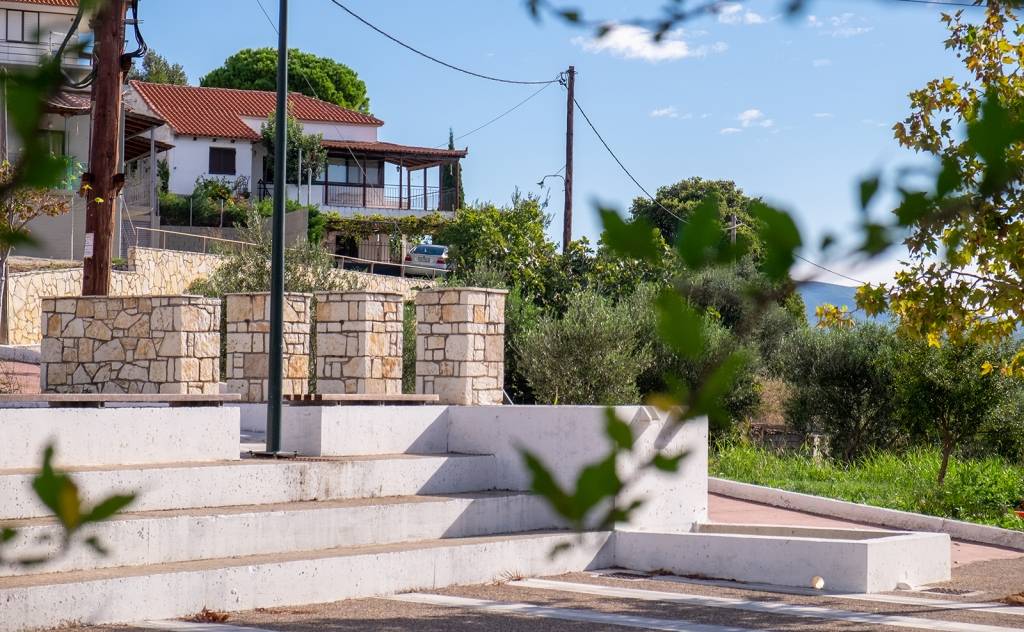









Tragana, with its fantastic view, is built at an altitude of 89 metres and has approximately 80 permanent residents. It is 1.5 kilometres from Romanos, 9.5 kilometres from Gargaliani and 14 kilometres from Pylos. In ancient times, the settlement area was part of Nestor's kingdom, King of ancient Pylos. The oldest name of the village was Traganes, and it was renamed Tragana in 1912.
Tragana is widely known for its rich excavation work and essential findings. The first archaeological investigations in the area began in 1909-1912 by archaeologists Andreas Skias and Konstantinos Kourouniotis. The excavations were interrupted due to the Second World War and resumed in 1952 with archaeologist Spyridon Marinatos as the representative. In the area of Tragana, the archaeological excavations revealed various residential remains - remains of a prehistoric settlement dating back to the Mycenaean period, two vaulted tombs (Tomb A and Tomb B), as well as a multitude of other archaeological findings. The prehistoric settlement of Tragana is located 800 metres from the village, in the "Voroulia" area. The excavated building (1600 BC-1500 BC) had a storage use since many food storage vessels were found inside it.
At the beginning of the 1960s, at a distance of 1.5 kilometres from the prehistoric facilities, the so-called "Tomb of the Athletes", dating back to the Hellenistic period, was excavated. Excavations brought to light a mound in which box-shaped tombs lined with stone slabs were revealed, while the dead were buried in wooden coffins. The skeletons and offerings belonged mainly to young men, while the findings include gold crowns, glass vessels, a silver vase, copper and silver coins, lamps, vases and a large column base.